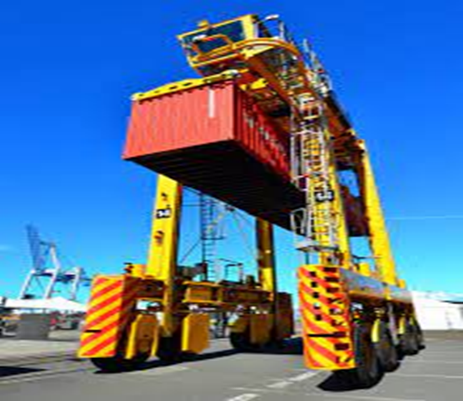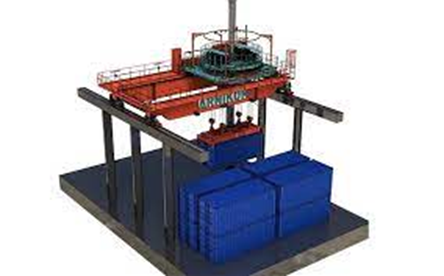
Port Fire Safety
Commercial, military ports, marinas and in-bay mooring facilities have fire risks specific to both industrial and marine vessels and ships. For these reasons, the NFPA rules and local regulations for industrial facilities and the standards and classes of marine vessels and ships are different and both need to be taken into account.
Each of the loading – unloading docks, finger piers, docks, warehouses, maintenance and repair facilities in marinas, energy facilities, infrastructure facilities, mobile or fixed loading – equipping equipment, administrative and social structures of the ports, fire protection rules of industrial facilities, insurance companies, Ministries or Port Authorities to which the ports are affiliated, International inspection – certification bodies, fire safety systems specific project design, engineering solutions should be provided and approval should be obtained.
Fire pumps that feed the water extinguishing systems protecting the facilities on the land side of the ports are made according to the principles related to the subject specified in the fire safety of the shipyards.
In the calculation and installation of the hydrant system, if there is a shipyard-specific fire defense trailer or SHORE SAFETY VESSELS, it is taken into account.
JIB CRANE, mobile Crane, lift and transportation vehicles (STRADDLE CARRIERS – RUBBER TYRED GANTRY CRANE – REACH STACKER – EMPTY CONTAINER HANDLER – FIRKLIFT – PRIME MOVER…) which are fixed or mobile in ports are all designed within the same system, Transportation – loading vehicles are considered as mobile risk.
Container Ports are grouped according to low – medium – high hazard with passive measures taking into account the container content, narrowing the damage circle of the fire, active extinguishing systems or gaps are given so as not to prevent the maneuvering of vehicles.
Automatic fire extinguishing systems should be integrated with the fire detection system in fixed or mobile work machines. Thus, the system is triggered manually or automatically when desired. Certified products and heat sensors are mostly preferred and because they are flexible materials, they can be easily installed in engine blocks, cabins, horizontal – vertical machine elements, and there are no problems in maintenance, repair and test – control works.
Depending on the fire load, gas, water, foam or powder extinguishing systems can be used. The design engineer selects the pipe plan and fittings with hydraulic calculation program or pre-engineering method, generally stainless steel equipment is preferred to avoid being affected by atmospheric conditions.
In construction equipment with lithium ion batteries, there are special solutions specific to our company, they are installed as portable or fixed systems. The fire extinguishing agent used is an insulating, reusable, anticorrosive, expanding chemical that does not damage the machine equipment due to its content.

